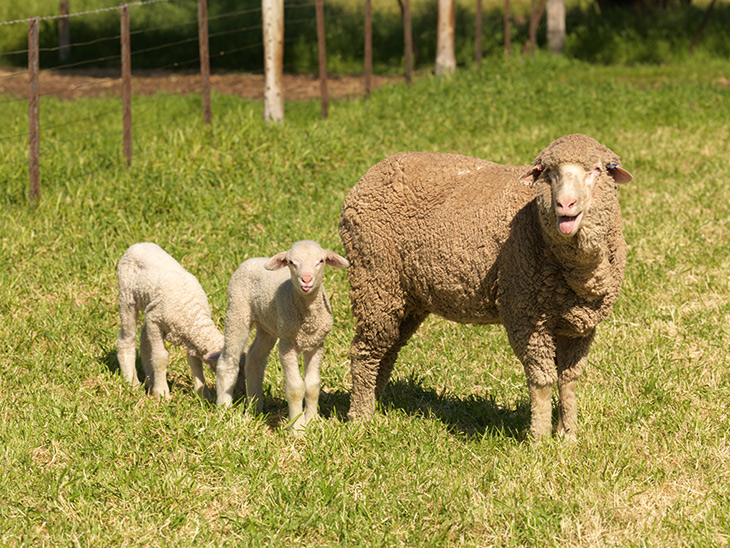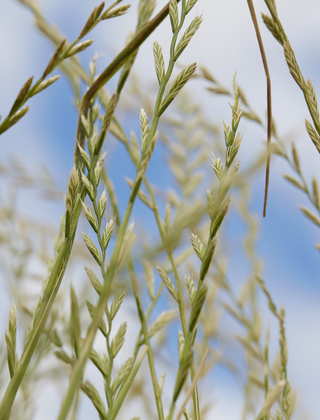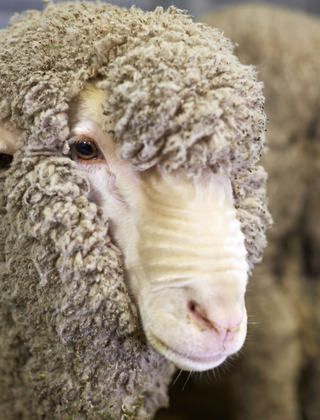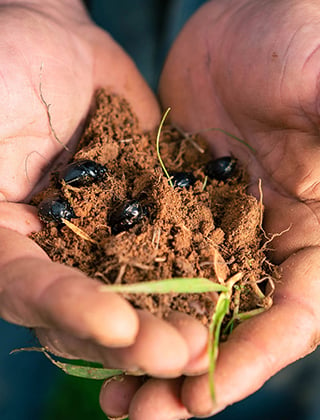Which supplementary feeding strategy optimises lamb survival?

A new three-year project will compare the effects of using trail feeding and self-feeder systems during lambing on ewe behaviour and lamb survival. The project’s results will be used to create supplementary feeding guidelines for sheep producers to optimise lamb survival.
The ultimate outcome from this new project is an increase in lamb marking rates.
A new three-year project will compare the effects of using trail feeding and self-feeder systems during lambing on ewe behaviour and lamb survival. The project’s results will be used to create supplementary feeding guidelines for sheep producers to optimise lamb survival.
Supplementary feeding is often required to meet the nutritional demands of ewes lambing in autumn and when feed on offer (FOO) is limited during winter or early spring.
However, there is no industry consensus on optimal supplementary feeding strategies for lambing ewes, a fact highlighted during consultation with sheep producers who are actively seeking advice on the matter.
A new three-year project jointly funded by AWI, MLA, Murdoch University and Charles Sturt University with additional collaborators from Nutrien Ag Solutions and Dynamic Ag, aims to remedy the situation. The project will evaluate strategies for supplementary feeding at lambing via trail feeding, self-feeders and alternative methods, and quantify the impacts on lamb survival to marking on commercial farms across southern Australia.
The project will also assess changes in mob behaviour associated with the feeding method using technology including AWI Smart Tags.
As part of the project, guidelines for supplementary feeding ewes during lambing will be produced for rollout to sheep producers via existing networks such as AWI’s State Grower Networks along with extension programs such as the AWI-funded Lifetime Ewe Management course.
“A significant proportion of producers in southern Australia lamb ewes onto dry feed in autumn. Increasing climate variability also means that a greater number of producers may have dry or limited green feed available when lambing in winter or even early spring,” said Dr Amy Lockwood of Murdoch University.
“Anecdotal evidence has suggested that supplementary feeding ewes at lambing may cause them to abandon their lambs which could reduce lamb survival. However, there is conflicting opinion as to whether trail feeding or the use of self-feeders is more favourable for lamb survival.
“Our preliminary survey of sheep producers in southern Australia showed that 92% of producers believe further RD&E is warranted to demonstrate the best supplementary feeding regimes to optimise lamb survival.”
Amy says the new project’s research sites will be located in both the medium to high and the low rainfall zones to capture variation in environmental and management conditions, including the size of lambing paddocks in which ewes are being supplementary fed.
“At least 24 on-farm research sites will be established over two years across Western Australia, South Australia and Victoria. The project will compare the effect of supplementary feeding single- or twin-bearing mixed age ewes via trail feeding or self-feeders on lamb survival to marking.
“Smart technology will be used at up to eight of the research sites to investigate the effects of supplementary feeding methods on ewe behaviour during lambing. This may include assessing changes in ewe activity and location at the time of feeding, the frequency of visits to the self-feeder or prediction of feed intake.
“Later in the project, we aim to also investigate other factors influencing the impacts of supplementary feeding on lamb survival at up to eight on-farm research sites, such as the effects of the proximity of trail feeding or self-feeders to water or the number of self-feeders in the paddock on ewe behaviour during lambing.”
The project team will complete a detailed benefit-cost analysis for the feeding strategies, including the benefit obtained through improvements in lamb survival, costed labour requirements, cost of infrastructure (lick feeders) per ewe/100 ewes, and the cost of variable rates of feed utilisation, ie cost of wastage through trail feeding.
“The findings from the project will enable us to create comprehensive guidelines for supplementary feeding during lambing that will be rolled out to producers to assist with improving lamb survival,” Amy added.
This article appeared in the September 2020 edition of AWI’s Beyond the Bale magazine. Reproduction of the article is encouraged, however prior permission must be obtained from the Editor.















